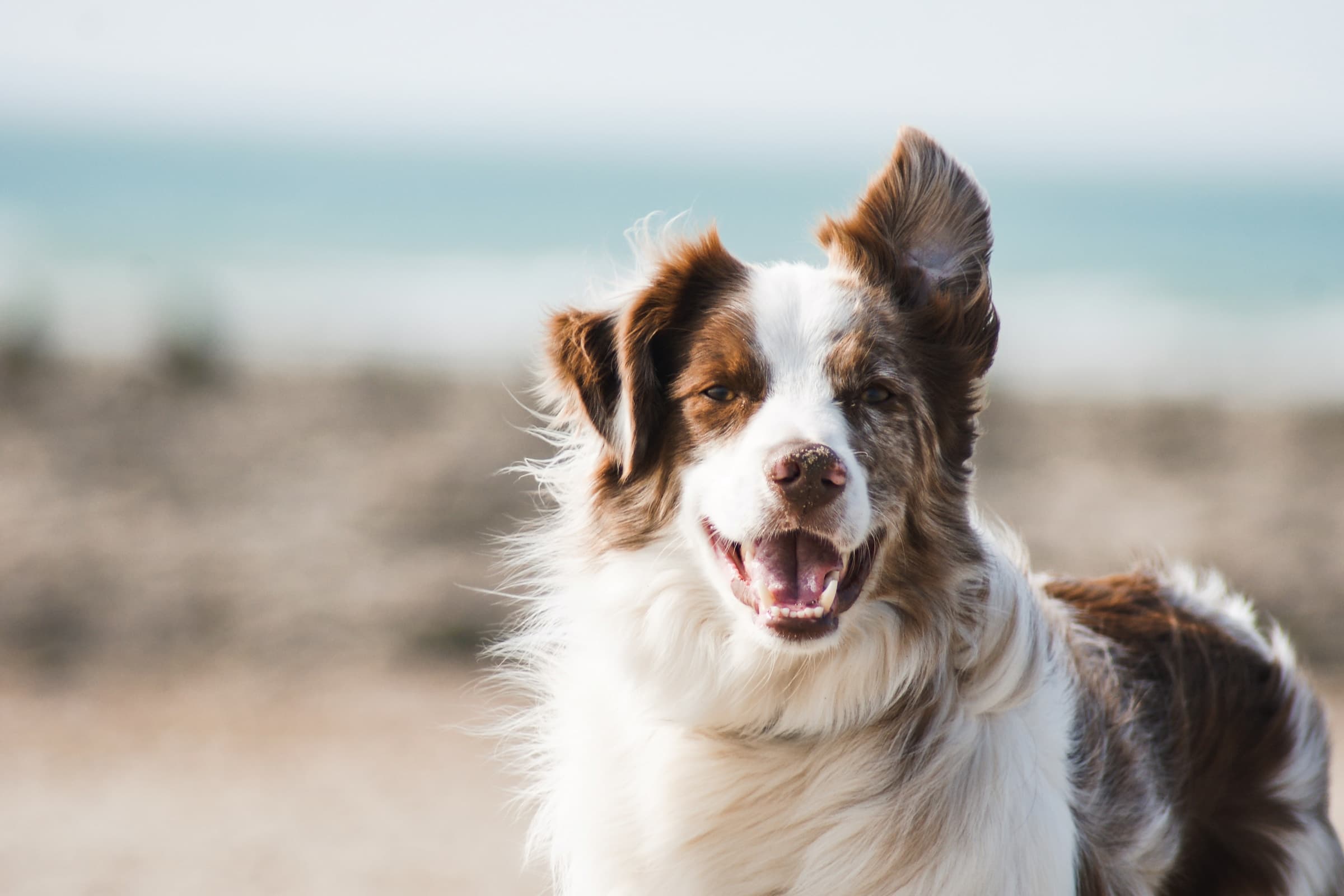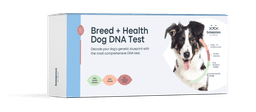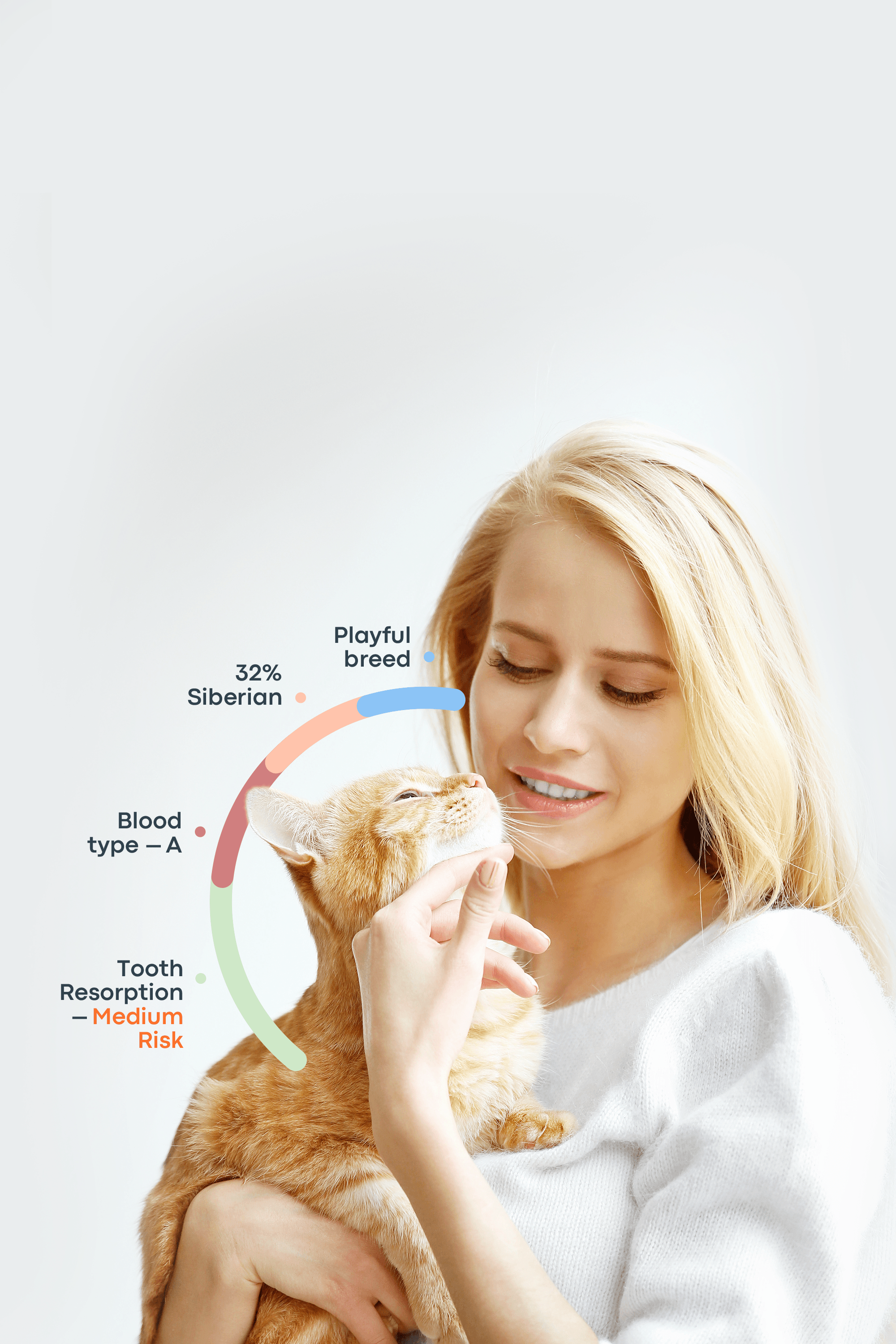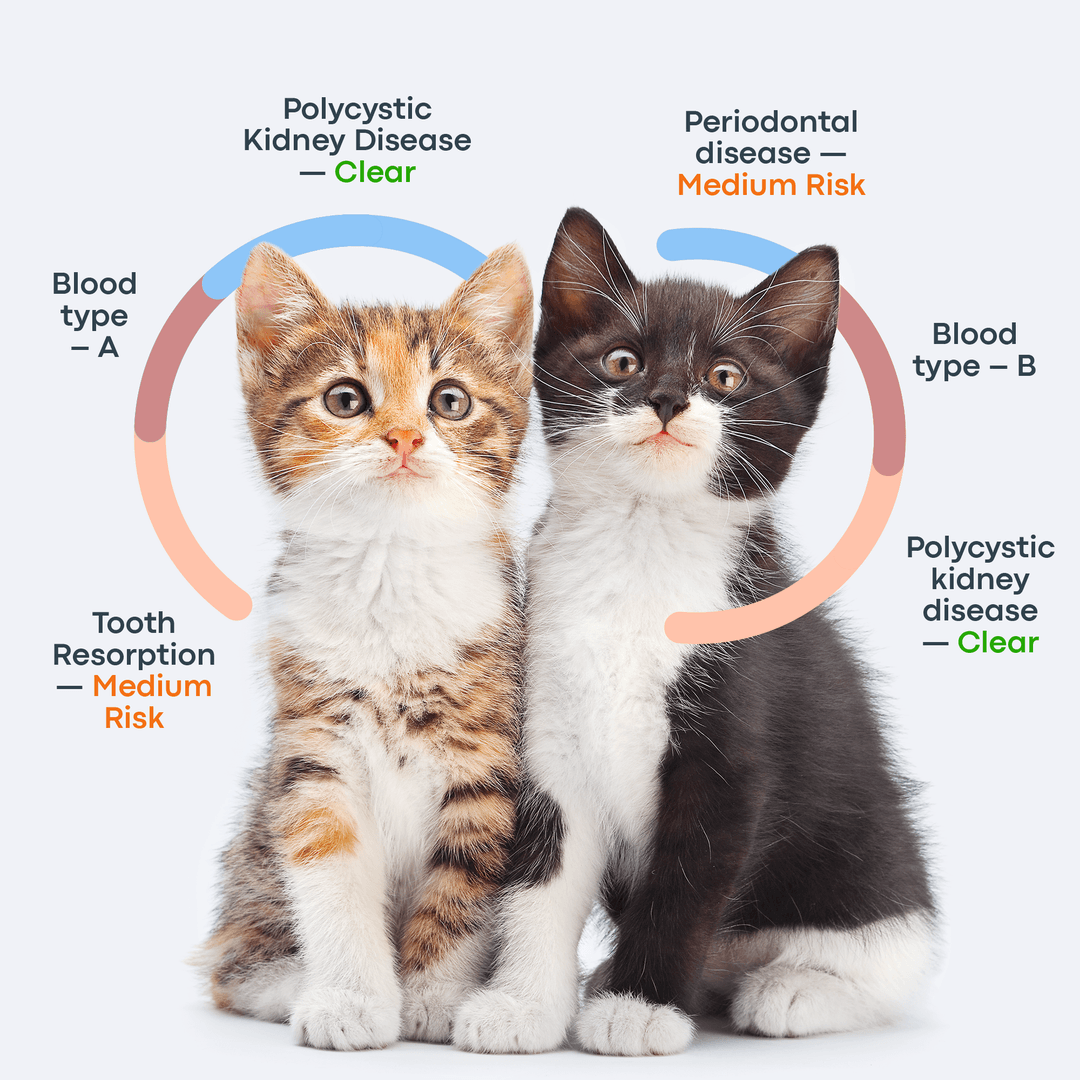Some dogs stay calm under pressure—others, not so much. A single loud noise or an unexpected guest can send your dog into a frenzy of barking, pacing, or hiding under the bed. For any pet parent, this can be a stressful situation. While there's no instant fix, there are simple tools and techniques you can use to gently and effectively calm your dog. Whether you're dealing with an excitable puppy or an anxious adult dog, this guide will walk you through common issues and practical solutions.

How to Know When Your Dog Needs Calming
Signs of Stress and Anxiety in Dogs
Dogs don’t always make it obvious when they’re stressed. Some will bark nonstop, tremble, or dash to the nearest hiding spot. Others may show more subtle signs, like pacing, licking their lips, or letting out a long sigh. Even a yawn, when your dog isn’t tired, or ears pinned just slightly too far back, can be clues.
These are some of the signs of stress identified by the VCA Animal Hospitals.
Panting or drooling when it’s not hot
Barking or whining more than usual
Hiding, shaking, or trying to escape
Destructive chewing or digging
Lip licking, yawning, or sudden stillness
Thunder, fireworks, unfamiliar visitors, vet visits, car rides, or even just a change in routine can be some common triggers. The American Kennel Club advises that learning your dog’s “tells” is essential. The sooner you recognize signs of stress, the easier it is to intervene and calm your dog before things escalate.
One helpful strategy is to track your dog’s episodes of stress. Whether you use a notebook or a phone app, jotting down the circumstances around each incident can reveal patterns over time. This insight allows you to anticipate triggers and take preventive steps.
For example, let’s say you have a rescue dog named Charlie. You notice that every time the dishwasher runs, he trembles and hides under the table. Without tracking, this pattern might go unnoticed. But now that you’ve identified the trigger, you can begin desensitization. Start by pairing the noise with treats and gradually increase the volume at a pace Charlie can handle, helping him build confidence and reduce his fear.
How to Calm a Dog Down Instantly at Home
1. Use a Calm Voice and Gentle Touch
Your dog takes emotional cues from you. If you're anxious or frantic, chances are they will be too. Instead, speak in a low, steady voice—even if your dog is hyper or anxious. Avoid quick movements, as they can exacerbate the situation.
Try gently petting your dog using slow, deliberate strokes along the back, under the chin, or across the chest. These areas are generally soothing and less likely to overstimulate. Think of it as grounding your dog with your presence—showing them that there’s no danger.
You can also try the hand-over-heart technique. Gently place your palm on your dog’s chest and hold it there, especially if they’re lying down. This contact can be incredibly reassuring and will calm a dog down.
2. Provide a Safe, Quiet Space
Every dog should have a designated space that feels like a safe haven—think of it as their personal retreat. This could be a crate with soft bedding, a quiet corner with favorite toys, or even a specific room where they feel protected and at ease.
Consistency is key. When your dog knows they can always retreat to this space when the world feels overwhelming, they’re more likely to self-soothe over time.
The best calm zones are predictable and peaceful. Keep the lighting low, background noise soft, and foot traffic minimal. In busy households, consider setting up this safe space in a bedroom, a quiet hallway, or even a walk-in closet—using a baby gate and calming music can make it even more comforting.

3. Try a Pressure Wrap or Weighted Blanket
Pressure wraps, such as the ThunderShirt or pet-safe weighted blankets, can be incredibly effective for anxious dogs. These tools apply gentle, consistent pressure—similar to swaddling a baby—which can help soothe your dog’s nervous system. Many dogs find this calming during storms, vet visits, or other stressful situations.
Introduce these tools gradually and during calm moments. This way, your dog learns to associate the wrap or blanket with comfort, not stress.
Start by letting your dog wear the wrap during neutral or positive activities, like lounging together or watching TV. Use treats to create a positive association, and keep sessions short at first. Gradually increase the duration over time. That way, when you use the wrap during high-stress events, it will feel like a familiar source of comfort, not a strange or restrictive new item.
4. Offer a Long-Lasting Chew or Toy
Chewing isn’t just a way to pass the time—it’s a natural stress-reliever for dogs. A frozen KONG, natural bone, or durable chew toy can redirect anxious energy and stimulate the release of feel-good endorphins. Think of it like giving a stressed person a stress ball and a cookie—it offers both comfort and distraction.
Pro Tip: Fill a KONG with calming ingredients like plain Greek yogurt, mashed sweet potato, or a small amount of peanut butter (make sure it's xylitol-free). Freeze it, then offer it during high-stress moments, such as fireworks, grooming, or when you have unfamiliar visitors. Bonus: Licking itself is a soothing activity for many dogs and can help lower their stress levels.
What Can I Give My Dog to Calm Him Down?
5. Natural Calming Supplements for Dogs
Many options are effective as natural anti-anxiety for dogs. These supplements help soothe their anxiety without harsh medications and contain:
Chamomile
L-theanine
Melatonin
CBD (vet-approved only)
These supplements can be helpful during acute stress, such as thunderstorms or travel, or as part of a long-term calming routine. But remember: natural doesn’t always mean safe. Always consult your veterinarian before starting any supplement. They can recommend a safe product, proper dosage, and watch for interactions with any existing medications.
Important Note: While melatonin is generally considered safe in small doses, the correct amount varies based on your dog’s size, age, and overall health. Never guess the dosage—your vet can guide you to the right choice and help prevent unwanted side effects.
6. Diet and Gut Health for Behavior Balance
Your dog’s digestive health plays a major role in their mood and behavior. A balanced diet made with high-quality ingredients can support emotional stability, and a good probiotic may encourage calmer behavior over time. The gut-brain connection is real: when digestion is off, irritability and anxiety often follow.
Thinking about switching your dog’s food? Always transition slowly. Sudden changes can upset the digestive system and increase stress levels. Gradually mix in the new food over 7–10 days to give your dog time to adjust.
Skip sugary or artificial treats. Snacks with high sugar content or artificial dyes can trigger hyperactivity in some dogs. Instead, opt for natural alternatives like:
Dried sweet potato slices
Lean meat treats
Calming chew sticks made with soothing herbs (like valerian root or chamomile)
Good nutrition won’t calm a dog overnight, but over time, it can make a noticeable difference in your pup’s ability to handle stress.
Natural Calming for Dogs: Holistic Support
7. Aromatherapy and Calming Scents
Many pet owners prefer to try natural remedies for dog anxiety, like aromatherapy. Scents such as lavender and chamomile are known for their calming effects and can be just as soothing for dogs as they are for people. However, it's vital to use pet-safe essential oil sprays or diffusers made specifically for animals.
Avoid toxic oils, such as tea tree, which can be harmful, even in small amounts. Always dilute essential oils properly and apply them sparingly. A lightly scented calming spray on your dog’s bed or favorite blanket can help set a peaceful tone without overwhelming their sensitive nose.
Some calming products also contain valerian root or frankincense, both of which are known for their relaxing properties. Be sure to test a small amount first to ensure your dog doesn’t have a reaction. And remember: less is more when it comes to scent and dogs.
8. Massage and Touch Therapy
Gentle massage isn’t just pampering; it’s therapeutic. A gentle massage can help calm dog down after a stressful vet visit. Use long, slow strokes along the spine or gentle circular motions around the shoulders. Even regular grooming can become a soothing ritual when done slowly and intentionally.
Make it a moment of quiet connection—just you, your dog, and a few peaceful minutes together. Try focusing on areas where dogs tend to hold tension, such as behind the ears or at the base of the neck. You may notice your dog start to relax, yawn, or even drift off to sleep mid-session. That’s when you know it’s working.
How to Calm an Anxious Dog at Night
9. Create a Routine
Dogs thrive on structure. Establishing a simple nighttime routine—such as a short walk, a calm play session, and some quiet time in their bed—can train their bodies to wind down at the same time each night. Just like people, dogs need consistent cues to feel safe and ready for rest.
Avoid roughhousing before bedtime. Instead, opt for gentle activities like nose work or a slow treat trail that leads them to their crate or designated sleeping spot. These quieter games help signal that the day is ending, and it’s time to relax.
10. Use White Noise or Calming Music
Some dogs are easily spooked by distant sirens or creaky floorboards. According to PetMD, using a white noise machine or dog-specific music can help block out these disturbances and create a soothing environment.
Try playing classical music or low, rhythmic beats. There are even streaming playlists made just for dogs. Search for phrases like “dog anxiety music” or “canine relaxation tracks” online. Play the music on low volume just before a stressful event or during nighttime hours to promote calm, especially if you’re not home.
How to Calm a Hyper Dog Long-Term
11. Teach the “Settle” Command
Hyper dogs don’t need discipline—they need direction. Teaching a “settle” cue shows your dog what calm behavior looks like and gives them a clear task to focus on when they’re overstimulated.
Start small: guide your dog to a mat or bed, then reward them for lying down. Use a calming cue, such as “settle,” as they relax. Gradually, you’ll build an association between the word and the behavior—so “settle” becomes your dog’s signal to relax.
Eventually, you can use this cue in more stimulating environments, like when guests arrive or during a loud commercial. With consistency and rewards, “settle” becomes a valuable life skill that helps your dog self-regulate.
12. Practice Daily Enrichment and Mental Stimulation
A tired dog is a calm dog, but not just physically. Dogs with active minds need outlets. When they’re under-stimulated, hyperactivity and anxiety often follow. Mental workouts are effective for stress relief for dogs. Some tools for this are:
Puzzle toys
Chewing toys
Nose work or hide-and-seek games
Basic training drills
Interactive toys
Safe Calming Products vs Unsafe Options
Category | Safe Calming Products | Unsafe or Risky Options |
Supplements & Treats | - L-theanine chews - Chamomile or valerian root (vet-approved) - Melatonin (vet-guided dosage) | - Human anxiety meds (Xanax, Ativan, etc.) - Unregulated CBD products |
Aromatherapy | - Dog-formulated lavender sprays - Pheromone diffusers (Adaptil) | - Tea tree, clove, eucalyptus oils - Undiluted essential oils |
Toys & Distractions | - Frozen KONGs with peanut butter - Puzzle feeders | - Hard bones that can splinter - Rawhide (if not monitored) |
Wraps & Clothing | - ThunderShirt - Weighted vests designed for pets | - Tight bandages or DIY wraps that restrict movement |
Noise & Environment | - White noise machines - Calming dog playlists | - Leaving loud TV/music on - Fireworks or crowded gatherings |
Other Tools | - Soft brushing during grooming - Massage with pet-safe balm | - Electric grooming tools near face - Harsh handling when anxious |
When to See a Vet About Dog Stress Relief
Sometimes, calming techniques aren’t enough. If your dog’s anxiety:
Disrupts sleep
Affects eating
Leads to aggression, self-harm, or withdrawal
…it’s time to talk to your vet. They may suggest a certified behaviorist, professional training, or medication. There’s no shame in getting help. Your dog deserves to feel safe, and so do you.
Frequently Asked Questions
Where can I rub a dog to calm them down?
Try long, slow strokes down the spine, or soft circles around the chest and shoulders. Avoid the paws, tail, or head if your dog is already nervous.
How to calm a ferocious dog?
Safety first. Don’t approach an aggressive dog. Give space and remove triggers if possible. Once safe, a trained behaviorist can help you work on the underlying cause with a plan tailored to your dog.
How to calm a dog down instantly and help them calm long term?
Start by grounding your dog at the moment. Speak softly and move slowly. Guide them to a quiet space with minimal noise and stimulation. Use calming tools to reduce the intensity quickly.
Will melatonin calm a dog?
It can be a helpful tool in calming some dogs. It works well during fireworks or thunderstorms. However, consult your veterinarian to determine the correct dosage.
How to calm a dog down who is scared of thunder?
Thunderstorm anxiety is real. Create a safe space for your dog and use soothing sounds to help them feel at ease. Your vet can also offer strategies for managing anxiety during storms.
When to comfort a dog?
Always comfort your pup when they're anxious or scared. Comforting can include petting, speaking softly, and offering treats. Just be mindful not to accidentally reinforce anxious behavior.
How to calm a dog when visitors come?
Visitor anxiety is pretty common. Work on training your dog to be comfortable around new people by using positive reinforcement and introducing them gradually. Leashes and crates can help, too!



